Report Shows Hydropower Reservoirs in Alabama Emit *Substantial* Amounts of Methane
JUST ANNOUNCED: RECENT REPORT SHOWS HYDROPOWER RESERVOIRS IN ALABAMA EMIT SUBSTANTIAL AMOUNTS OF METHANE
Modeling and analysis shows hydropower isn’t as “clean” or “emissions-free” as industry has claimed
To view the data and reports, and to take action, please click here.
The Alabama Rivers Alliance (ARA), in partnership with PhD students from the Virginia Scientist-Community Interface (V-SCI), has used the G-res modeling tool to analyze the net methane and carbon dioxide emissions of two of Alabama Power’s hydropower facilities, and the results show that these supposedly “clean” and emissions-free hydropower dams and reservoirs actually create and emit significant quantities of methane, a potent greenhouse gas.
Developed by the International Hydropower Association and the UNESCO Chair in Global Environmental Change, the G-res Tool is used by researchers and hydropower companies to model net emissions from reservoirs. ARA and V-SCI’s modeling results for these hydropower dams and reservoirs show that both facilities exceed the clean energy threshold proposed by Congress that would qualify a particular energy generation source as “clean” based on the amount of emissions produced per unit of energy. V-SCI’s analysis of the modeling results shows that R.L. Harris dam on the Tallapoosa River emits at roughly one and a half times the clean energy threshold, and Weiss dam on the Coosa River emits at nearly four times the clean threshold, putting Weiss’ emissions profile on par with gas and coal generation.
While the web-based modeling G-res Tool is available for public use, ARA and V-SCI went through a validation process with the G-res Tool Expert Committee. Validation acts as a stamp of approval attesting to the quality and rigor of the use of the tool and represents an independent verification of the results produced. (Note: The G-res validations received for these hydropower reservoirs cover the total reservoir carbon footprints and not the reservoir services allocations, which were computed by V-SCI using G-res’ methodology).
“For decades we have been told by electric utilities and hydropower companies that hydropower is emissions-free and a sustainable way to produce energy for their customers. What is abundantly clear from these results is that before the dams, these landscapes and rivers stored carbon, but the hydropower facilities have transformed them into sources of methane emissions.”
– Jack West, ARA’s Policy & Advocacy Director
Southern Company (the corporate parent of Alabama Power) currently labels all of its hydropower generation as “zero-carbon resources” in its Implementation and Action Toward Net Zero report. But mischaracterizing hydropower as emissions-free could have significant consequences for the company’s net-zero emissions strategy.
“Pretending hydropower doesn’t emit methane skews the net-zero math, and Southern Company will miss its mark unless it undertakes an accurate accounting of emissions from its hydropower dams and reservoirs. We are calling on Southern Company to analyze the emissions from all of its hydropower reservoirs using the G-res Tool and to publicly report the results and underlying data. And beyond modeling, Southern Company must invest in technologies to monitor methane emissions from reservoirs and begin actively reducing the emissions from its reservoirs. Until the utility can prove with objective measurements that its reservoirs aren’t producing methane emissions, it must stop counting all of its hydropower as emissions-free in net-zero planning.”
– Jack West, ARA’s Policy & Advocacy Director
To view the data and reports, and to take action, please click here.

